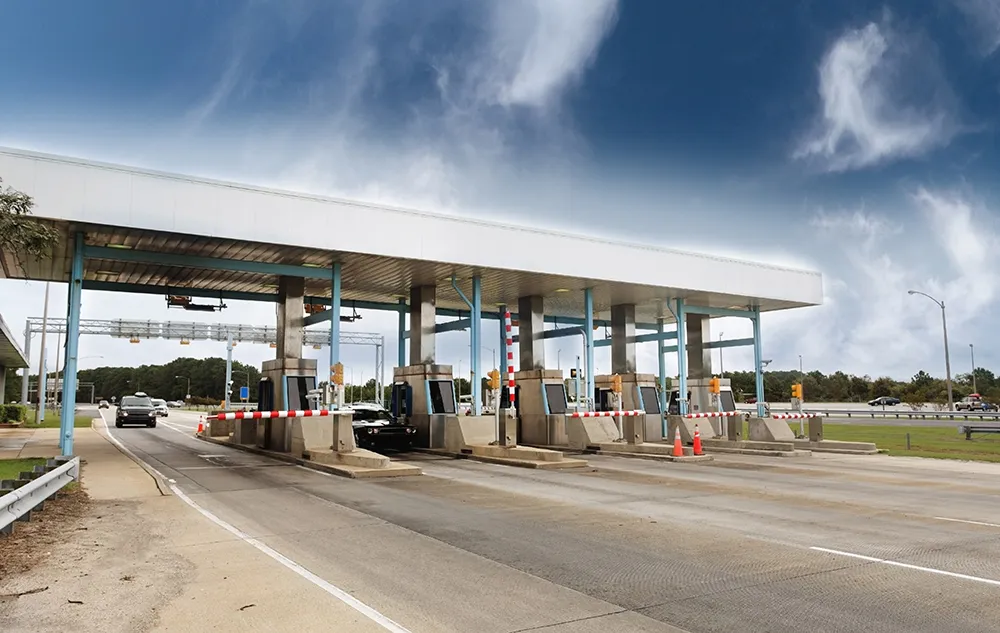One of Australia’s largest tollways, EastLink, has successfully switched over to a new tolling back office system and customer website, provided by intelligent transport systems provider
EastLink (M3) is the 39km freeway in Melbourne's east connecting the Eastern, Monash, Frankston and Peninsula Link freeways.
The new tolling back office system is a tailored version of SICE’s billing and invoicing system (BIS) and, since going live, has been processing the tolls and payments for the 250,000 vehicle trips and 1.2 million fully electronic toll point transactions made daily.
The new system provides the functionality of the previous system, including Australia-wide interoperability of tolling tags and tollways. It also operates with more real-time functionality and adds numerous functional improvements specified by EastLink to assist customer service officers and customers.
The change-over to the new SICE system was completed over just one weekend and included the migration of historical data for 560,000 customer accounts, 2.8 million casual user accounts, 3.4 million Australian DSRC tolling tags, 18 million Australian vehicles and 32 million trips.
Eastlink switches over to SICE tolling back office system
One of Australia’s largest tollways, EastLink, has successfully switched over to a new tolling back office system and customer website, provided by intelligent transport systems provider SICE.
June 13, 2017
Read time: 1 min










